Review of the Day: Never Forgotten by Patricia McKissack
 Never Forgotten
Never Forgotten
By Patricia C. McKissack
Illustrated by Leon and Diane Dillon
Schwartz & Wade
$18.99
ISBN: 978-0-375-84384-6
Ages 4 and up
On shelves October 11, 2011
The more I read children’s literature the more I come to realize that my favorite books for kids are the ones that can take disparate facts, elements, and stories and then weave them together into a perfect whole. That someone like Brian Selznick can link automatons and the films of Georges Melies in The Invention of Hugo Cabret or Kate Milford can spin a story from the history of bicycles and the Jake Leg Scandal in The Boneshaker thrills me. Usually such authors reserve their talents for chapter books. There they’ve room to expound at length. And Patricia McKissack is no stranger to such works of fiction. Indeed some of her chapter books are the best in a given library collection (I’ve a personal love of her Porch Lies). But for Never Forgotten Ms. McKissack took tales of Mende blacksmiths and Caribbean legends of hurricanes and combined them into a picture book. Not just any picture book, mind you, but one that seeks to answer a question that I’ve never heard adequately answered in any books for kids: When Africans were kidnapped by the slave trade and sent across the sea, how did the people left behind react? The answer comes in this original folktale. Accompanied by the drop dead gorgeous art of Leo & Diane Dillon, the book serves to remind and heal all at once. The fact that it’s beautiful to both eye and ear doesn’t hurt matters much either.
When the great Mende blacksmith Dinga found himself with a baby boy after his wife died he bucked tradition and insisted on raising the boy himself. For Musafa, his son, Dinga called upon the Mother Elements of Earth, Fire, Water and Wind and had them bless the child. Musafa grew in time but spent his blacksmithing on creating small creatures from metal. Then, one day, Dinga discovers that Musafa has been kidnapped by slave traders in the area. Incensed, each of the four elements attempts to help Dinga get Musafa back, but in vain. Finally, Wind manages to travel across the sea. There she finds Musafa has found a way to make use of his talent with metal, creating gates in a forge like no one else’s. And Dinga, back at home, is comforted by her tale that his son is alive and, for all intents and purposes, well.
ADVERTISEMENT
ADVERTISEMENT
 McKissack’s desire to give voice to the millions of parents and families that mourned the kidnapping of their children ends her book on a bittersweet note. After reading about Musafa’s disappearance and eventual life, the book finishes with this: “Remember the wisdom of Mother Dongi: / ‘Kings may come and go, / But the family endures forever.’ / Think on that when the silence comes.” It’s a dark line but a strong one. It speaks not just to the story we’ve read here but to any occasion where a family is split. And there’s a strange comfort in its chilling “when the silence comes” which refers back to the first sentence in the passage reading “The last part of a story is the silence.” The very beginning of the book, you see, mentions that “We rarely speak of the Taken” and it is this the truth that McKissack works to rectify.
McKissack’s desire to give voice to the millions of parents and families that mourned the kidnapping of their children ends her book on a bittersweet note. After reading about Musafa’s disappearance and eventual life, the book finishes with this: “Remember the wisdom of Mother Dongi: / ‘Kings may come and go, / But the family endures forever.’ / Think on that when the silence comes.” It’s a dark line but a strong one. It speaks not just to the story we’ve read here but to any occasion where a family is split. And there’s a strange comfort in its chilling “when the silence comes” which refers back to the first sentence in the passage reading “The last part of a story is the silence.” The very beginning of the book, you see, mentions that “We rarely speak of the Taken” and it is this the truth that McKissack works to rectify.
As an author, Patricia McKissack has always had a knack for language. Her wordplay can be a delight to listen to (as in Precious and the Boo Hag or Flossie and the Fox) or chill you to the core (as in The Dark Thirty). Here, she does both at once. She begins the book by wrapping you up in the love the blacksmith Dinga has for his son. She works in fantastical elements with the four elements passing on their blessings like good fairies. And then the nightmare of Musafa’s capture evokes similar slavery folktales like Virginia Hamilton’s The People Could Fly. Mixing horrific history with fairytale elements shouldn’t work, but under McKissack’s hands it does. Finally, there is the readaloud aspect to this book. These passages ache to be spoken aloud. Even on the page there is a rhythm to them, but I look forward to hearing someone read them to me so that I can hear McKissack’s cadences for myself.
I’ve participated in a number of debates amongst librarians trying desperately to figure out how to categorize this book. At first it was in nonfiction. That was a location swiftly discarded after, y’know, reading the book. Next it was placed in the picture book area, and that’s certainly a logical place for it. But then someone noticed that each section of this title looks like a little poem. So should it be called poetry instead? The publication page calls it a “novel in verse”, so would you label it straight up fiction? It’s unclear.
Leo and Diane Dillon are a talented fare. Two time Caldecott Medal winners, if you’ve ever seen their Why Mosquitoes Buzz in People’s Ears then you are familiar with their work. In this book the two seem to return to the style that captured the world’s attention lo these many years ago. Way back in 1977 they won a medal for Ashanti to Zulu: African Traditions. It’s a cool book, but since then they’ve played around with a variety of different styles. Indeed, this year is seeing their work in the publication not just of this book but also a new version of The Secret River by Marjorie Kinnan Rawlings. And the art in that title is perfectly nice, don’t get me wrong. But if you’re going to remember a book the Dillons did this year, it’s going to be Never Forgotten.
 Though they work in acrylics and watercolors on bristol board, the art here resembles hewn woodcuts. Figures have a carved, chopped feel to them, integrated with delicate patterns and details. The Dillons then alternate large full-page images with moments of spot illustration above, alongside, and below the individual sections. In this way the text and the images are seamlessly integrated. Now look at what they do with borders. In a given illustration the artists might surround an image with a thick black line. Then, as you would in a graphic novel, elements of the picture within will push out and leap past that border. Dinga’s head and hands create a pure white space as he calls upon the elements to behold his son. The prow of a slave ship and the heads of its captives are the only portions able to escape the back borders of an auction scene. And then there’s the use of skulls. They’re everywhere in this book, often on the faces of the villains or lurking just behind them. You might see a ship captain’s face as a skull in one scene or on an auctioneer in another. It’s creepy and perfect. A subtle easy-to-miss element that drills home the horror.
Though they work in acrylics and watercolors on bristol board, the art here resembles hewn woodcuts. Figures have a carved, chopped feel to them, integrated with delicate patterns and details. The Dillons then alternate large full-page images with moments of spot illustration above, alongside, and below the individual sections. In this way the text and the images are seamlessly integrated. Now look at what they do with borders. In a given illustration the artists might surround an image with a thick black line. Then, as you would in a graphic novel, elements of the picture within will push out and leap past that border. Dinga’s head and hands create a pure white space as he calls upon the elements to behold his son. The prow of a slave ship and the heads of its captives are the only portions able to escape the back borders of an auction scene. And then there’s the use of skulls. They’re everywhere in this book, often on the faces of the villains or lurking just behind them. You might see a ship captain’s face as a skull in one scene or on an auctioneer in another. It’s creepy and perfect. A subtle easy-to-miss element that drills home the horror.
One might quibble with the ending. At the story’s close Dinga learns that his son works as a blacksmith, using his talents, and because of this he will possibly be freed “one day soon”. Now whatever blacksmith Musafa works for, it seems highly unlikely that a man would free Musafa after detecting his valuable skills. We’re deep into folktale territory here, so an unrealistic ending (the last page shows Musafa and his happy, smiling, presumably free family) is not a terrible thing. Still, it’s important to make it clear to kids that Musafa’s fate was the exception and not the rule. Pairing this with Laban Carrick Hill’s Dave the Potter may be the best way to drill that idea home too. Like Musafa, Dave was talented. Unlike Musafa he was real and never freed because of his talents.
Now my musical theater nerdship makes its presence known. If I were to compare this book to anything, honestly, it would be to the musical Once on This Island. Where else would I have seen a story where the very elements of the world join together to aid a black child against a historical backdrop? I compare this book to a play mostly because there’s little to compare it to in the picture book world. The works of the aforementioned Virginia Hamilton, perhaps, but she’s one of the few authors that come to mind. No, Ms. McKissack is striding into new territory here. And while I might have tweaked that ending a bit, there’s no denying that as a visual and audible product, Never Forgotten it is difficult to find a match. Beautiful and wrenching to its core, this is history made palatable for the younger set. Teach them with folktales and the real story will burn through in time. A true, unadulterated, original.
On shelves October 11th.
Source: Galley sent from publisher for review.
Blog Reviews: Random Acts of Reading
Professional Reviews:
- A star from Publishers Weekly
- A star from Kirkus
Filed under: Best Books of 2011, Reviews
About Betsy Bird
Betsy Bird is currently the Collection Development Manager of the Evanston Public Library system and a former Materials Specialist for New York Public Library. She has served on Newbery, written for Horn Book, and has done other lovely little things that she'd love to tell you about but that she's sure you'd find more interesting to hear of in person. Her opinions are her own and do not reflect those of EPL, SLJ, or any of the other acronyms you might be able to name. Follow her on Twitter: @fuseeight.
ADVERTISEMENT
ADVERTISEMENT
SLJ Blog Network
One Star Review, Guess Who? (#202)
Exclusive: Giant Magical Otters Invade New Hex Vet Graphic Novel | News
Parsing Religion in Public Schools
Take Five: LGBTQIA+ Middle Grade Novels
ADVERTISEMENT



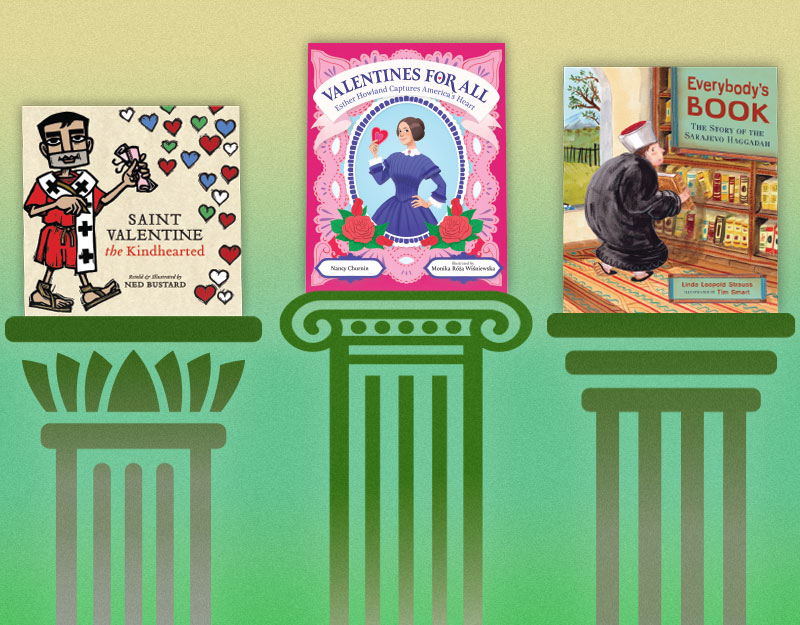
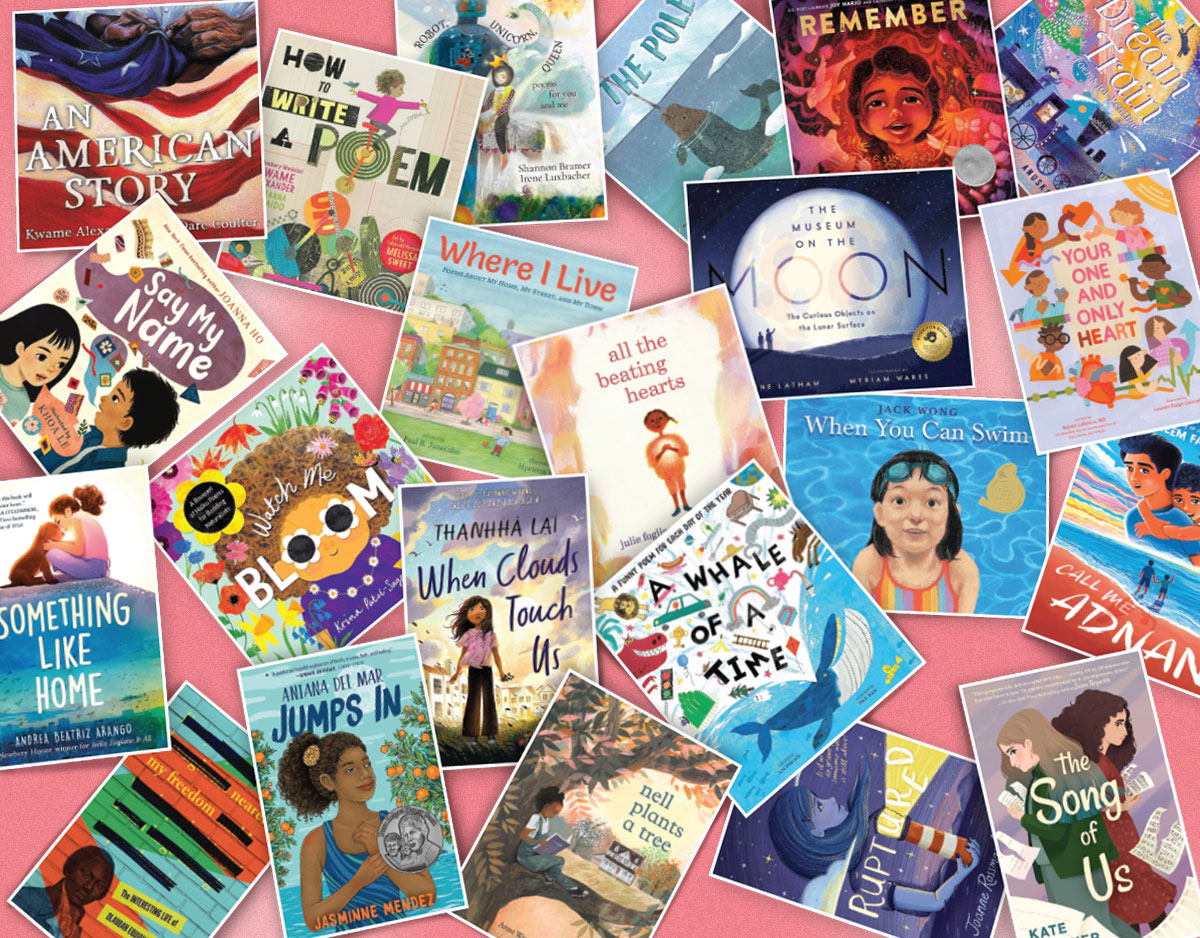
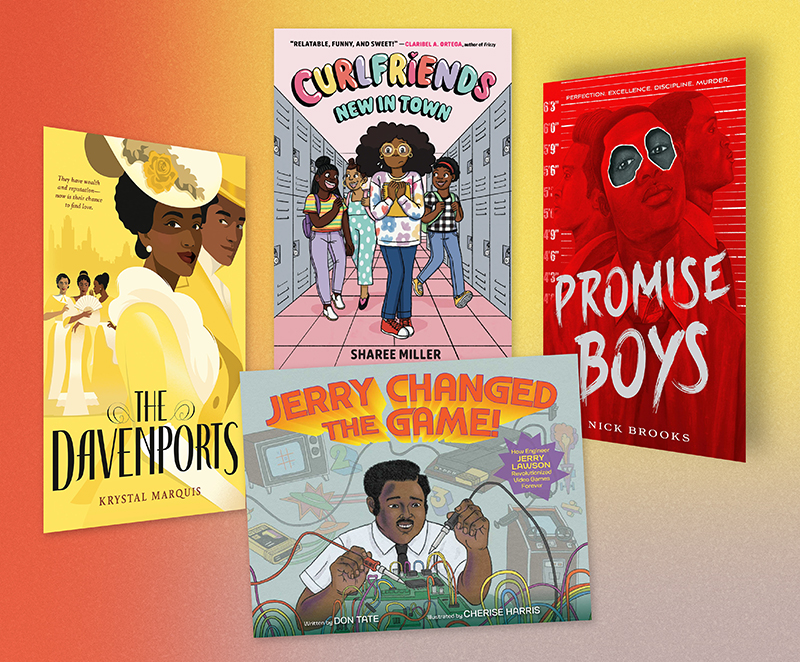
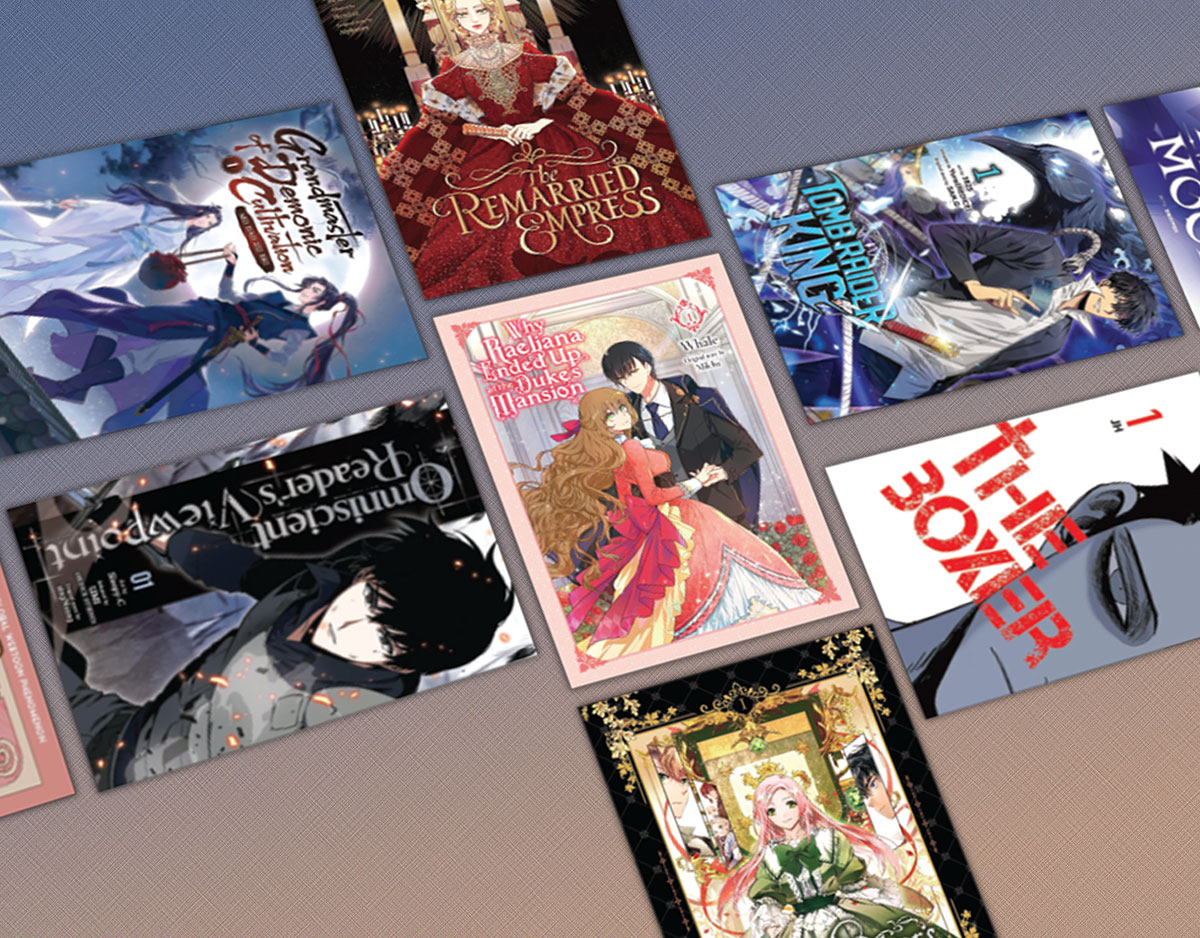
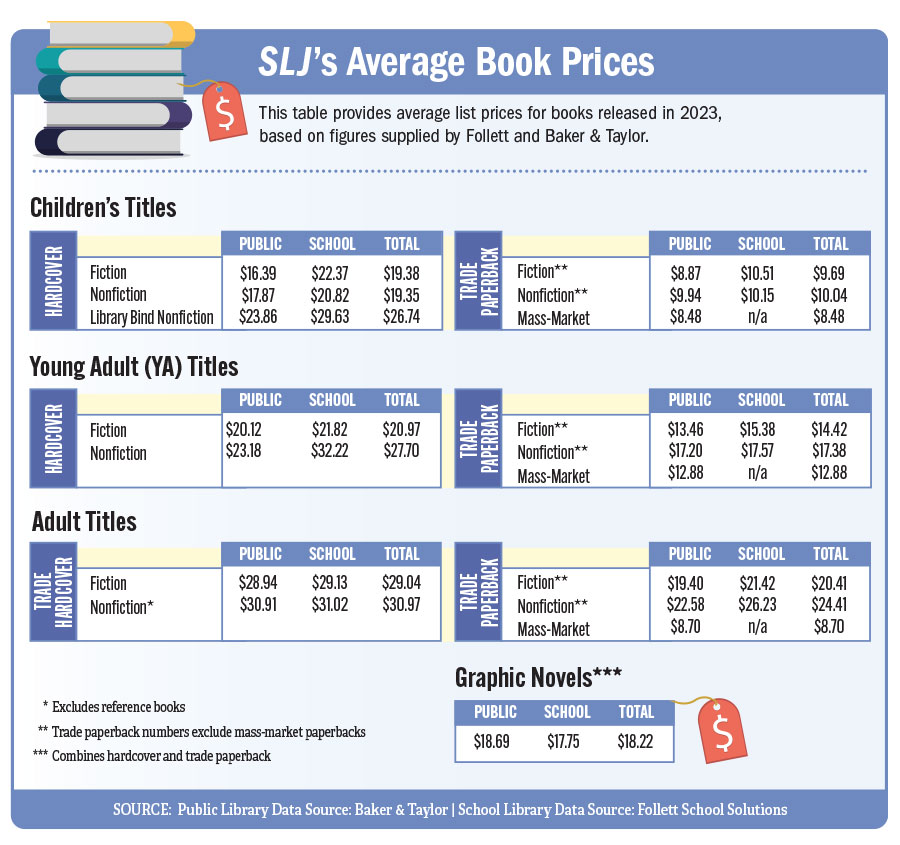
Once On This Island sounds like the perfect comparison.
Sounds great and I’m so happy you reviewed this and can’t wait to see it. But I do have a quibble with your quibble. Having done a lot of reading (and more and more right now, it so happens) on the slave trade what I come away with is that it is tricky to generalize and so, while certainly it may not have been that common for a skilled person to be freed, it certainly could happen and did. For example, Olaudah Equiano was promised by his master that if he raised the funds he would be allowed to buy his own freedom. When he did the master got cold feet because Equiano was a skilled mariner, but was convinced by someone else to do it.
I also think this is McKissack’s story, a work of fiction, and this is how she chose to end it, perhaps unrealistic in a general way, but not for some. (Since I’m researching the Africa side of this just now I’m VERY interested in all this right now:)
Your quibble quibble is well quibbled. I should have made it clearer that for me this ending didn’t feel quite right. But as you say, generalizing a situation like this puts the reviewer into dangerous territory. Well played, Ms. E.
HECK YES OOTI REFERENCE!!!